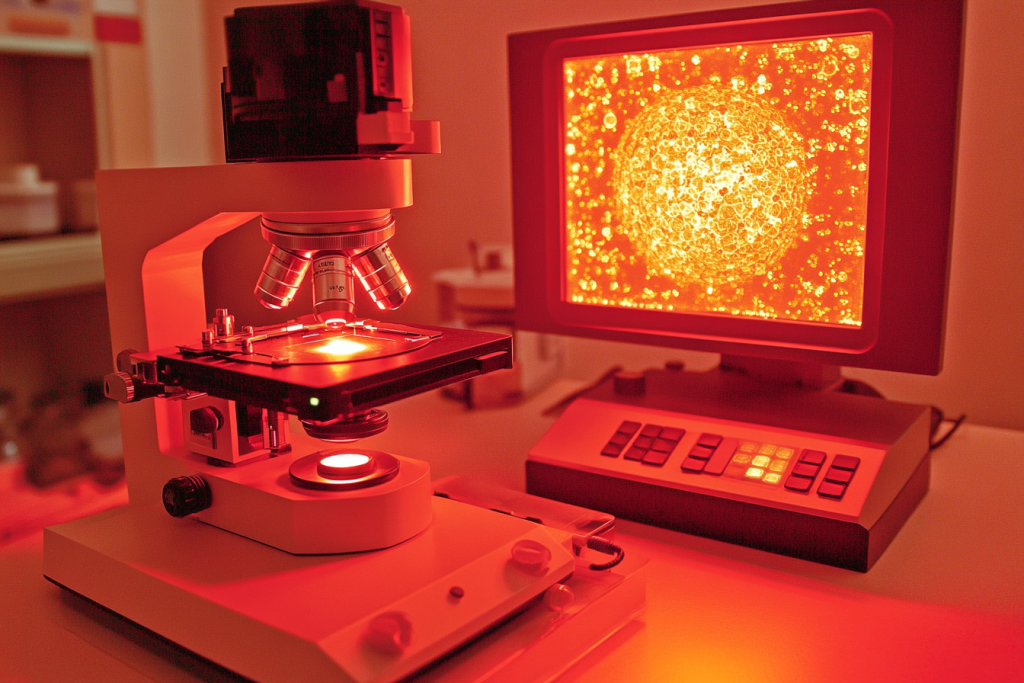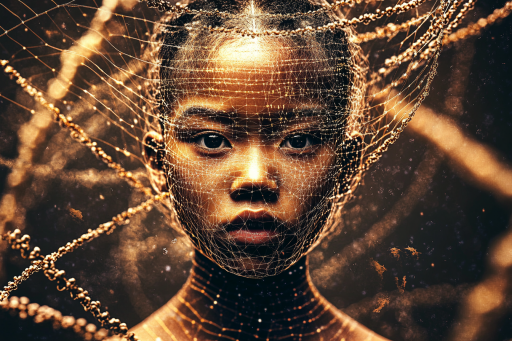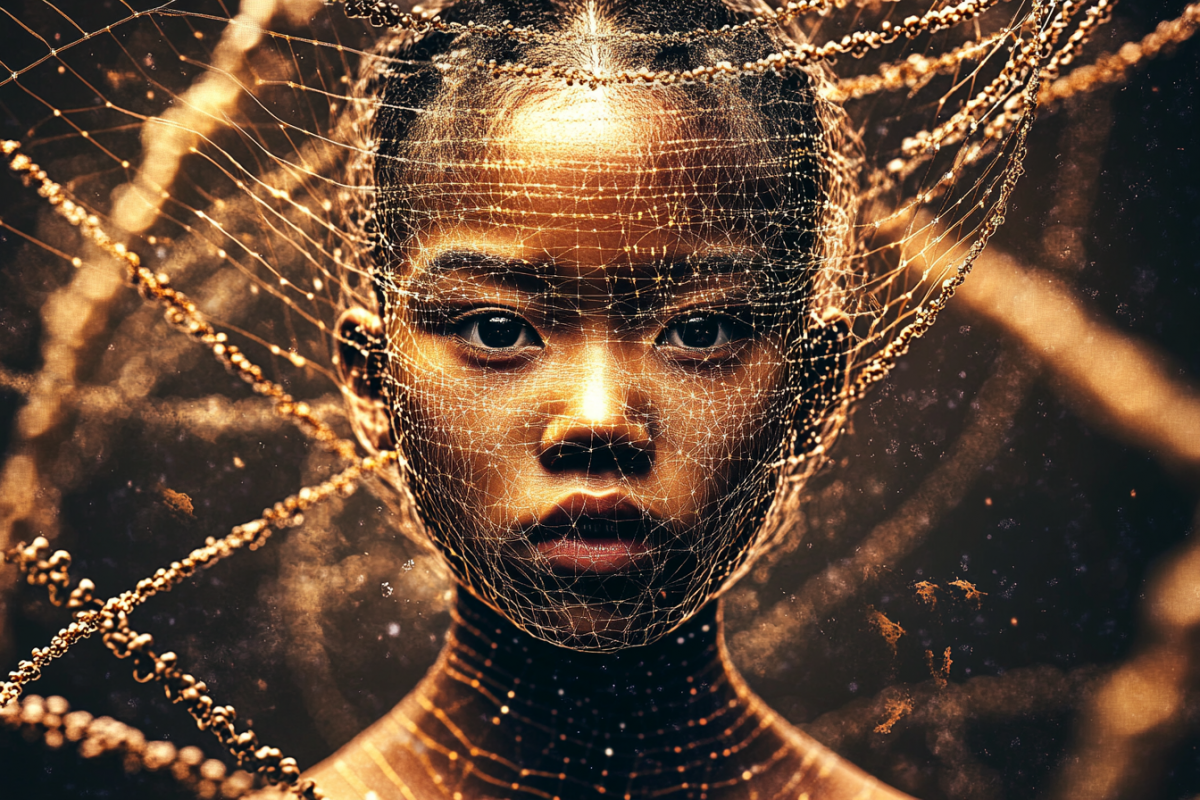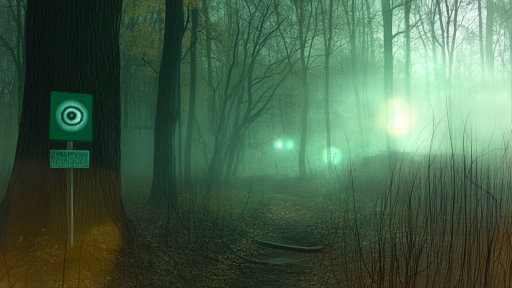
The human body is full of surprises, but some individuals are born with genetic quirks that defy the ordinary. These rare mutations can grant unusual abilities, alter physical appearance, or even rewrite what we think is possible for human biology. While some mutations offer advantages, others remain scientific mysteries, leaving experts fascinated and baffled. Explore the strangest and rarest human mutations ever recorded, each one a glimpse into the incredible possibilities hidden within our DNA.
Unbreakable Bones (LRP5 Mutation)

Some people have bones so dense they are nearly unbreakable. A rare mutation in the LRP5 gene results in super-strong skeletal structures, making fractures nearly impossible. While this might sound like a superpower, it also makes medical procedures like bone surgery extremely difficult. Those with the mutation have reported feeling heavier than their actual weight due to their unusually dense bones.
The People Who Don’t Feel Pain (SCN9A Mutation)

A mutation in the SCN9A gene causes a complete inability to feel pain. While this might seem like a gift, it can be incredibly dangerous—people with this condition often fail to notice injuries, infections, or even broken bones. From childhood, they must be carefully monitored to avoid accidental self-harm. Despite its risks, scientists study this mutation in hopes of discovering new pain-relief treatments.
Golden Blood – The Rarest Blood Type (Rh-null)

Some individuals have a blood type so rare it’s known as “Golden Blood.” Lacking all Rh antigens, Rh-null blood can be safely transfused into anyone with rare blood types, making it highly valuable. Fewer than 50 people in the world are known to have it. Blood banks desperately seek donors with this mutation, as even a single donation could save multiple lives.
Super Vision – Tetrachromacy

Most people have three types of color receptors in their eyes, but a rare mutation grants some individuals a fourth receptor, allowing them to see millions of colors that others cannot. These “tetrachromats” can perceive subtle color variations invisible to the average person. Many don’t even realize they have this ability until tested. Some researchers believe this trait is more common in women due to genetic inheritance patterns.
Werewolf Syndrome – Hypertrichosis

Hypertrichosis, often called “Werewolf Syndrome,” causes excessive hair growth all over the body, including the face. This condition has been documented throughout history, with some individuals becoming famous sideshow performers in the past. The mutation can be inherited or develop spontaneously. Though rare, those affected often undergo frequent hair removal procedures to manage the condition.
Super Muscles Without Exercise (Myostatin-Related Hypertrophy)

A mutation in the MSTN gene prevents the body from producing myostatin, a protein that limits muscle growth. The result? Naturally increased muscle mass and strength with minimal exercise. Those with this mutation have significantly more muscle fibers than the average person. Some researchers study this condition to explore potential treatments for muscle-wasting diseases.
Cold Resistance – The MET Mutation

Some individuals can endure extreme cold without suffering frostbite or hypothermia due to a mutation in the MET gene. This mutation enhances fat metabolism, helping the body generate more heat. The Inuit and certain other Arctic populations are known to have adaptations that improve cold resistance. Scientists are studying this trait for potential medical and survival applications.
Double Row of Eyelashes (Distichiasis)

A rare mutation in the FOXC2 gene can cause a person to grow two full rows of eyelashes. While this might sound glamorous, the extra lashes can sometimes cause irritation or eye problems. Elizabeth Taylor famously had this condition, which contributed to her striking beauty. While it is rare, some people with this mutation require medical attention to prevent corneal damage.
The Man Who Can’t Sink – High Bone Density

Individuals with an extremely rare variation of a bone density gene find themselves unable to float in water. Their bones are significantly denser than normal, making them feel heavier than they actually are. While this mutation might seem like an advantage in some ways, it can make swimming difficult or even dangerous. This unusual trait has been observed in only a handful of cases worldwide.
Super Sleeper – The DEC2 Gene Mutation

A rare mutation in the DEC2 gene allows some individuals to function on only 4-6 hours of sleep per night without negative effects. Unlike those with insomnia, people with this mutation wake up naturally and feel fully rested. Scientists study these “super sleepers” in hopes of understanding how sleep works and whether it can be optimized for others. Many of history’s most productive figures are suspected to have had this rare mutation.
The Human Magnet – Electromagnetic Sensitivity

Some people claim to possess an unusual ability to attract metal objects to their skin, earning them the nickname “human magnets.” While the exact cause is debated, some scientists believe it could be due to unusual electromagnetic properties in their bodies. Others suggest that increased skin adhesion might explain the phenomenon. While not fully understood, these individuals continue to baffle researchers.
More Than Human?

Throughout history, mutations have shaped the human experience, granting rare abilities and unexpected adaptations. Some mutations offer advantages, while others pose challenges, but all reveal the astonishing complexity of our DNA. As science advances, we may one day harness these genetic quirks for medicine, technology, or even human enhancement. The question remains—are we evolving into something beyond what we ever imagined?





